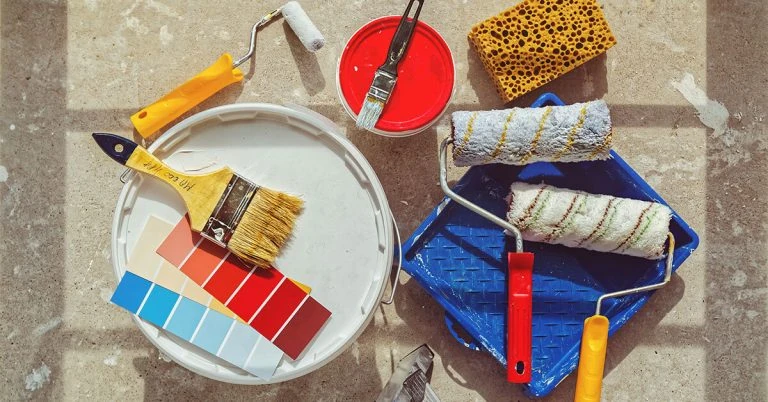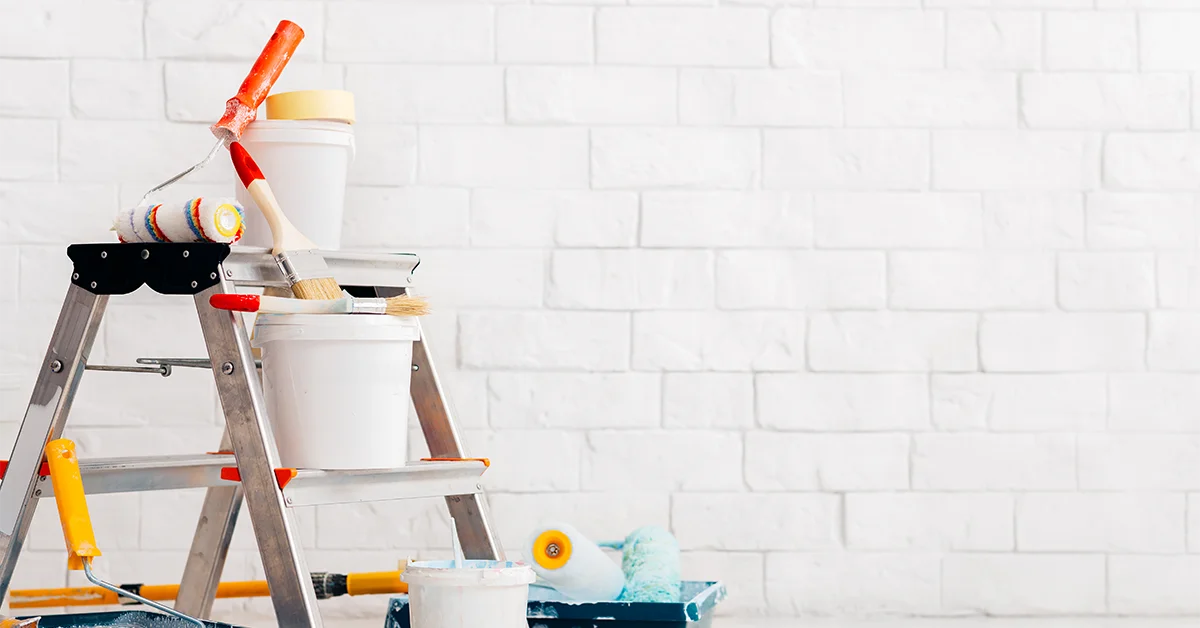Home Decorating Tips


Home Decorating Tips
The Non-negotiables of a Good Paint for Concrete Walls
Posted on February 10, 2021
Last updated May 27, 2025
Whatever time of the year, concrete wall makeovers using paint colors that you love (and have heavily researched on) spark excitement. Truly, nothing compares to the prospect of breathing in a fresh new vibe to your space. However, more than the aesthetics, it’s equally essential to pay attention to what makes a concrete wall paint efficient. Consider this: what makes a good paint for concrete walls? Before you start dipping your roller brush into your can of paint, take note of the following.
What’s a concrete paint?
Concrete paint is the painting material that you use for walls and flooring. It enhances the surface and protects it from environmental factors that can cause damage like rust, cracks, and peeling. Concrete paint is excellent for garage floors and walls, facades, floors, and pillars. In choosing and applying concrete paint, consider several factors that come into play. These are the following:
- Suitability
While concrete paints are suitable for most substrates, it doesn’t promise the same suitability for other surfaces. Concrete paint works well for walls, floors, plinths, pools, fountain floors, and other mineral surfaces. But bear in mind that surfaces require a concrete primer to be able to ensure absorption, cover imperfections, and provide a smoother surface for the paint. Allow a good 8 hours of drying before applying the paint.
- Resistance
To maximize durability, paint resistance on surfaces is essential. For exterior walls, concrete paint should have resistance against mould and moss formation. This is relatively important as wet season in the Philippines coupled with drastic temperature changes can cause such serious damages. In addition, concrete paints should have resistance against “yellowing” especially for outdoor walls. Further, these paints should have high abrasion resistance especially for high-impact areas like the garage, sports studio, and workshop spaces.
- Color Tone
You may already have an idea of what color you want, but to be safe and precise about it, you have to be aware of the color tone specifics. For interior and exterior concrete paints, take note of the RAL code. It’s a universal code that comes with numbers to specify colors. It gives you a better picture of the paint color that you ordered, and will also make it easier for your supplier to have the correct item delivered.
- Gloss
For the overall paint job results, gloss must also be considered. Notice how light reflects when it hits the surface. Notice how it gives off the polished look that you want to achieve. Bear in mind though that gloss doesn’t necessarily mean shine. You can have several levels of glossines based on your painting goals. It can be glossy or matt. Glossy usually attracts more attention.
- Ease of cleaning
Oftentimes overlooked is the ease of cleaning the surfaces long after the painting job is finished. With the passage of time and with unavoidable elements “dirtying” the substrates, ease of cleaning should also be factored in. Tip: a good paint should provide ample coverage and protection, and NOT react to the chemical composition of the surface. Otherwise, maintaining it would be such a chore.
Paints should never give you pains. So for your future paint job projects, always check the non-negotiables. Paint job success? You can!
To know more about paints, visit www.islandpaints.com
Sources:
https://www.aboutcivil.org/Characteristics-of-a-good-paint.html
https://www.propertypro.ng/blog/5-qualities-of-good-paints/#Covering
Our Products
Our line of high quality paints and products will give your home or project the vibrancy it needs.
Explore Colors
Ready to explore colorful possibiliies today? View our popular paint colo combination palettes for great color schemes and room design ideas for interior and exteriors.



